No Clues Found in Kwa Bi Nzaro Victims’ Cause of Death
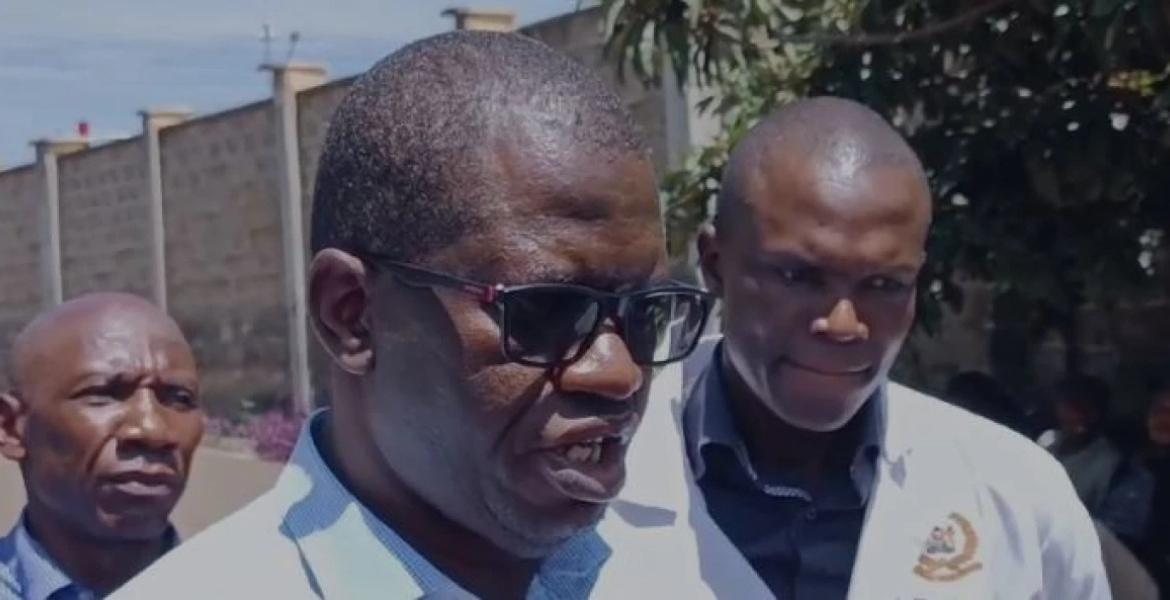
Forensic investigations into the Kwa Bi Nzaro cult deaths in Kilifi County have stalled, with experts unable to determine the cause of death for the majority of the victims recovered from mass graves and surrounding thickets.
A team led by Chief Government Pathologist Dr Johansen Oduor has so far completed 28 post-mortem examinations at the Malindi Sub-County Hospital mortuary. Of these, only two have confirmed the cause of death, both victims sustained fatal head injuries, indicating they were killed by blunt force trauma. One of the bodies also showed signs of dehydration, pneumonia, and severe cranial bleeding.
The remaining bodies are largely decomposed, with many reduced to skeletal remains. In most cases, the extent of decomposition has made it impossible to identify gender or determine how the victims died. Six of the bodies examined were of children.
The delays in identification and inconclusive forensic findings have deepened the distress of affected families, particularly those from the Western and Nyanza regions, where more than 41 people have been reported missing. Authorities have set up a help desk and are collecting DNA samples from relatives in an effort to identify the victims.
The case shares similarities with the 2023 Shakahola massacre, where 454 bodies were found in forest graves connected to the Good News International Church. Some suspects in the Kwa Bi Nzaro case are believed to have been linked to the Shakahola incident, with reports suggesting several evaded arrest during the previous investigation.
Preliminary reports suggest even more extreme conditions in the Kwa Bi Nzaro case. Children were allegedly forced to fast in high temperatures, leading to rapid deaths. Many bodies were dumped in bushes or buried in shallow, unmarked graves, some just one foot deep, and left exposed. Unlike in Shakahola, where victims were sometimes wrapped in cloth or plastic, bodies here were found naked and laid face-up, which investigators believe was an attempt to destroy evidence and erase identities.
Beyond the forensic challenges, the case has raised serious concerns about the spread of radical religious teachings and the vulnerability of certain communities to cultic influence. Coast Regional Coordinator Rhoda Onyancha has called for increased vigilance, warning that such teachings are placing lives at risk.

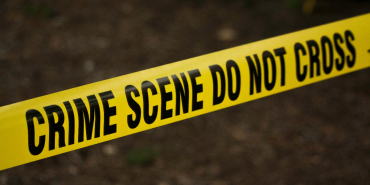
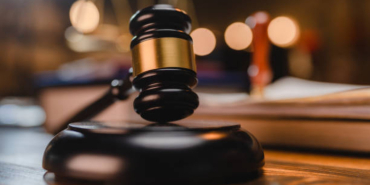
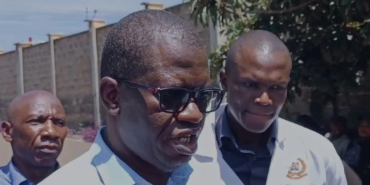
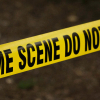

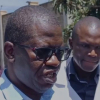

Add new comment